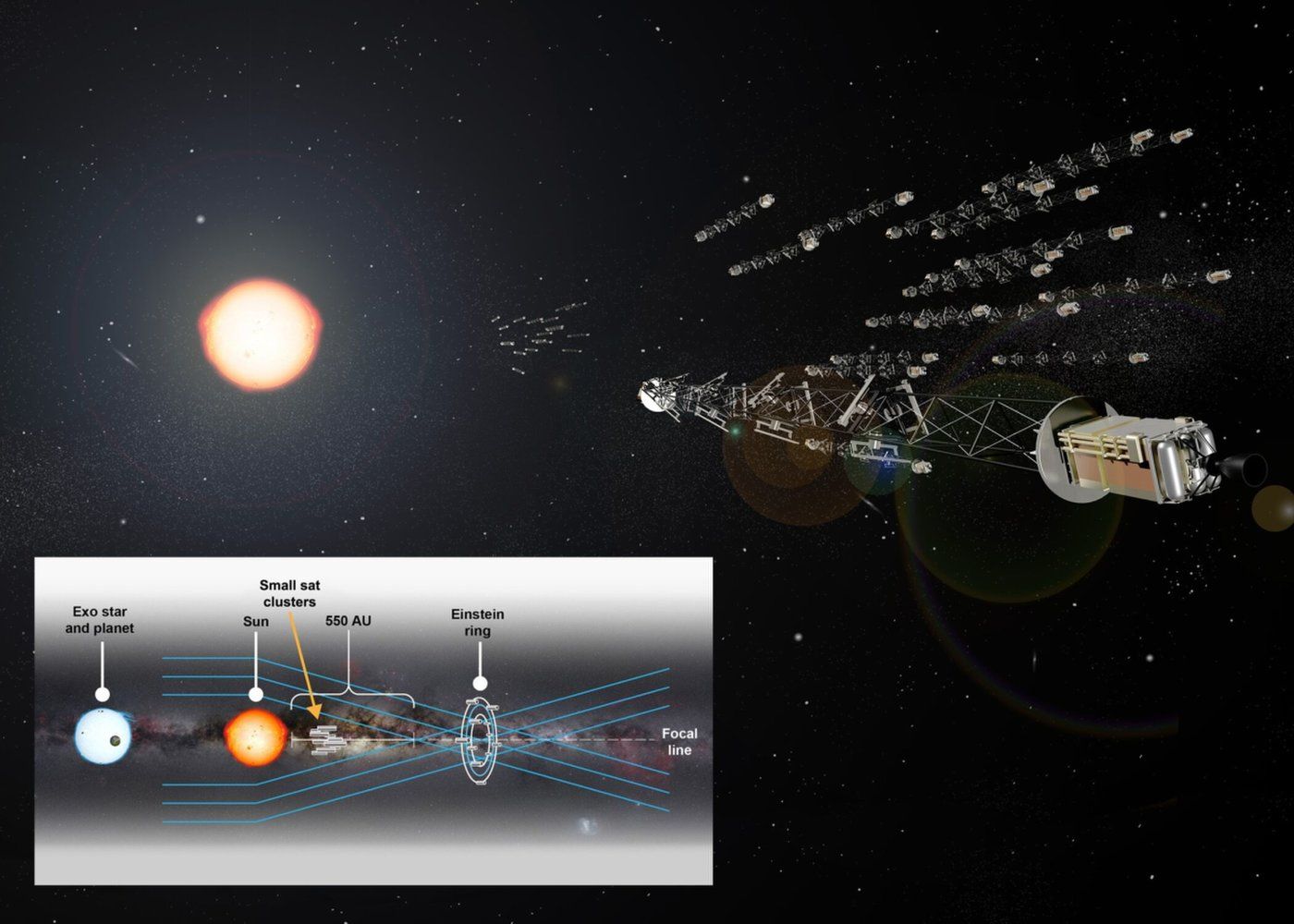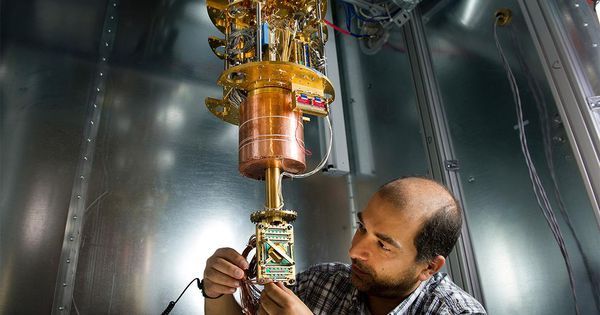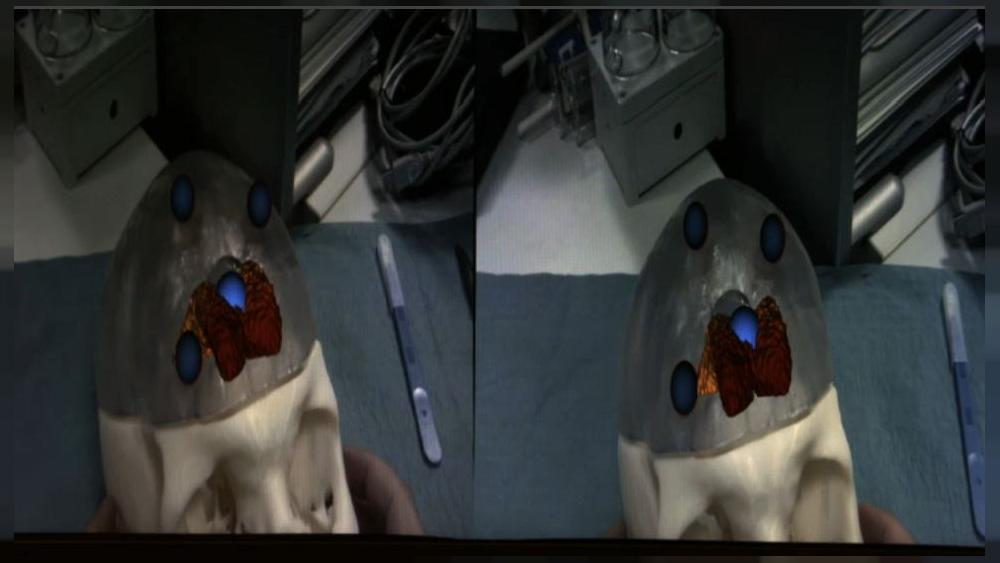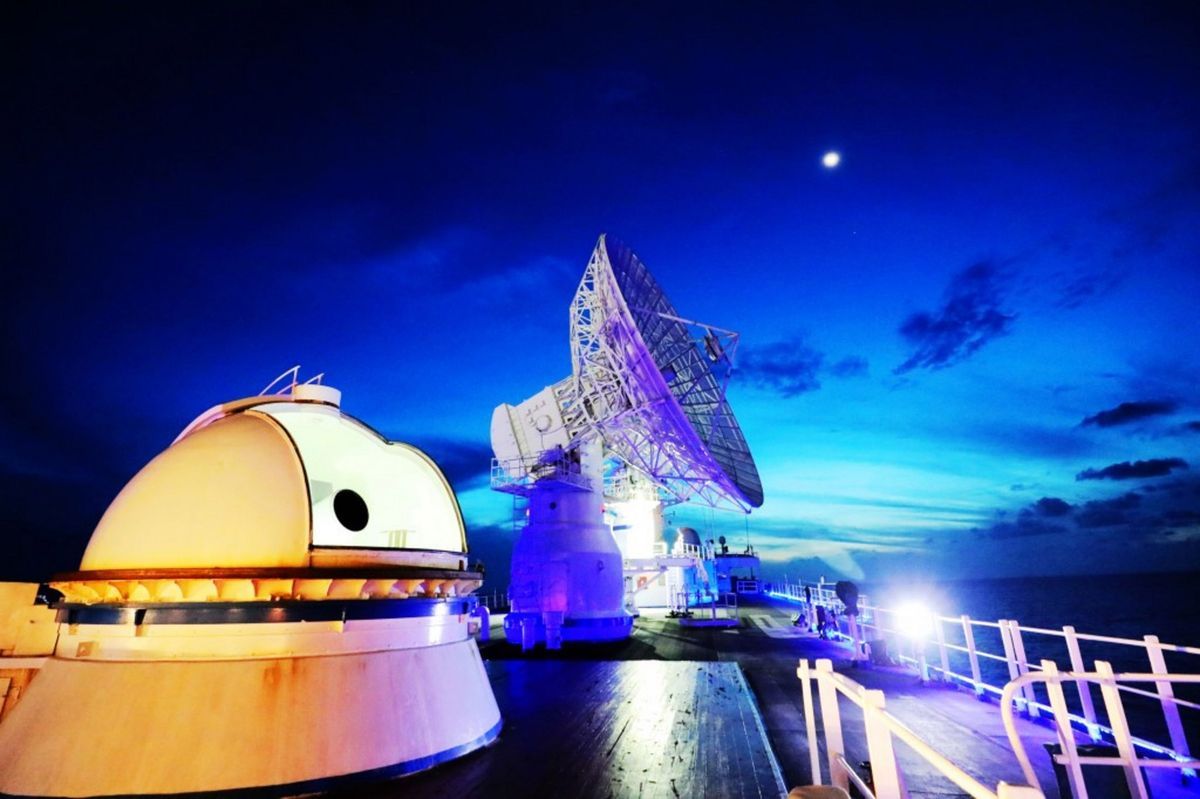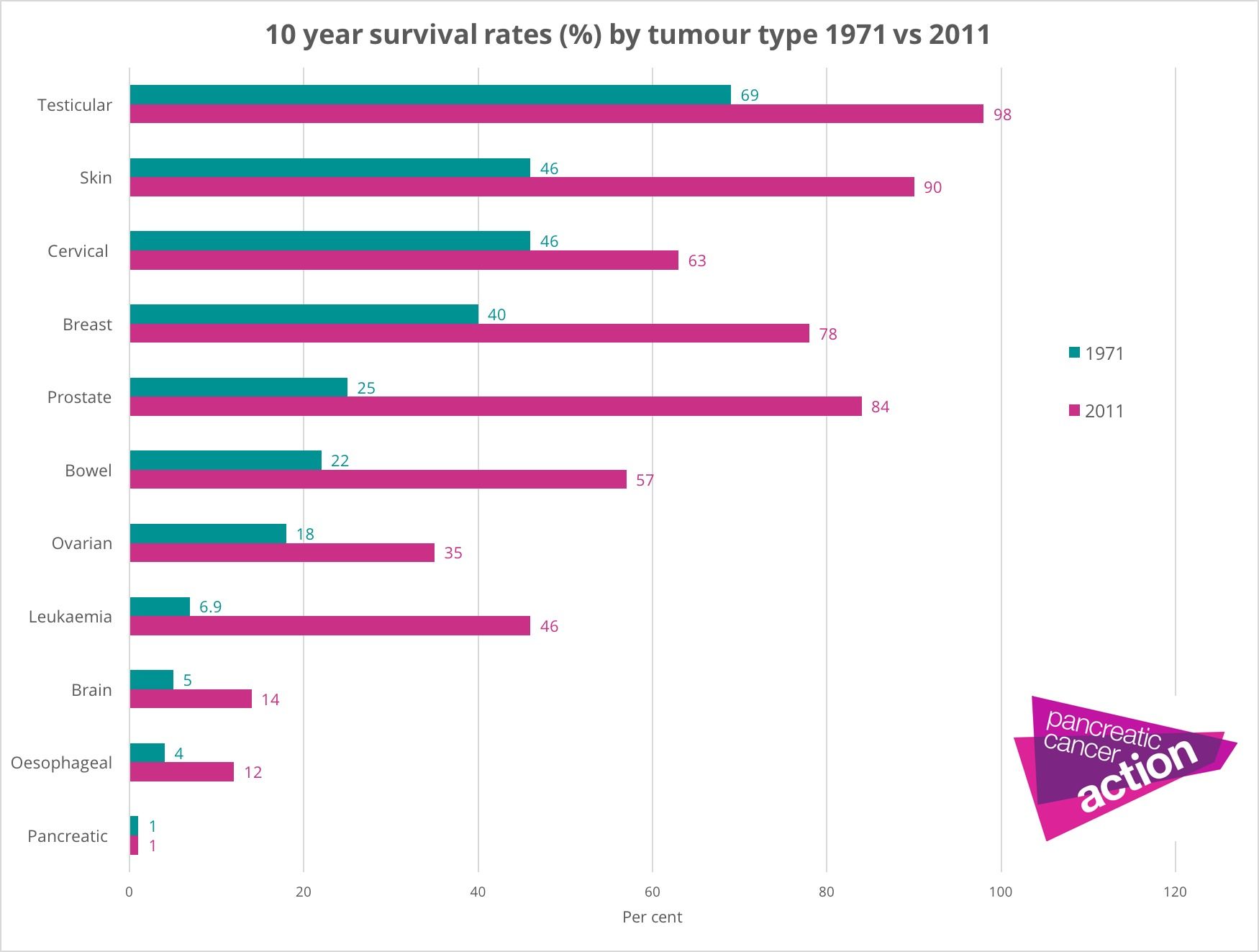Researchers at Shree Devi Institute of Technology, in India, have recently carried out a study investigating the use of artificial intelligence (AI) to communicate with deceased loved ones. Like in the chilling sci-fi fantasy foreshadowed by popular television series Black Mirror, AI tools could soon allow people to connect with virtual versions of deceased dear ones.
Shriya Devadiga and Bhakthi Shetty, the two researchers who carried out the study, wanted to further examine this fascinating and yet rather unsettling possibility. They particularly focused on Replica AI, an app designed to create duplicates of people’s digital personalities, allowing others to communicate with them.
“We got the basic idea for our study from Eugenia Kuyda, the founder of Replika AI,” Devadiga told TechXplore. “Replika’s basic purpose is to create a personal AI that can help people to express themselves through helpful conversations. Someday, you will die, leaving behind a lifetime of text messages, posts, and other digital ephemera. For a while, your friends and family may put these digital traces out of their minds, but then later feel out of place because they miss the loved ones. So our main objective was to explore ways of relieving the pain of this loss, at least bitwise.”


